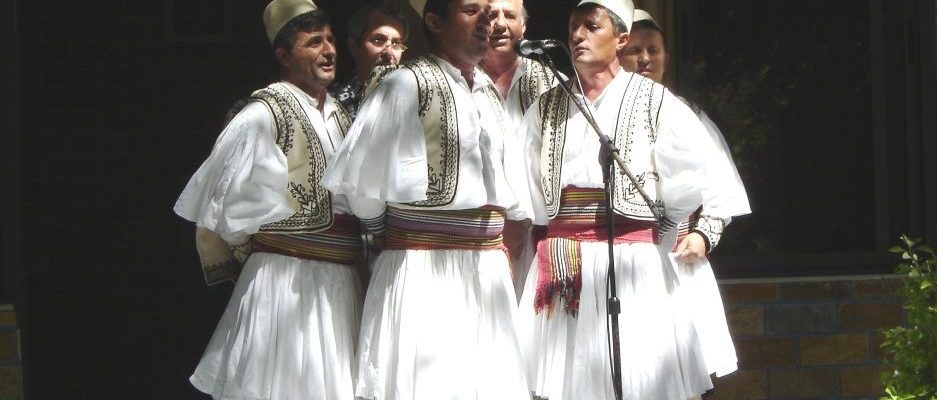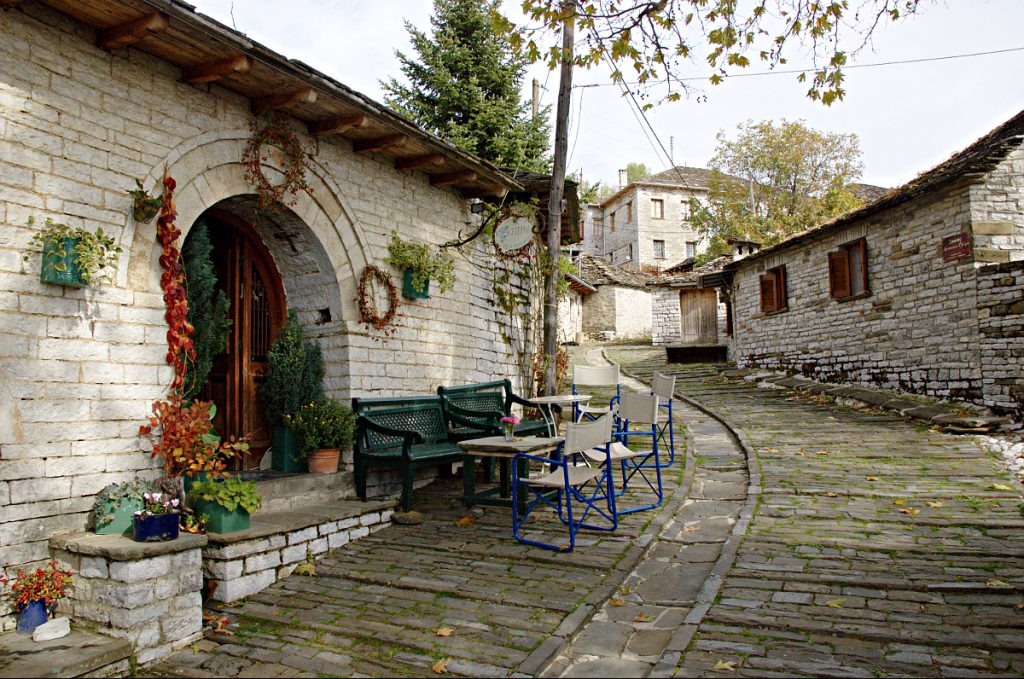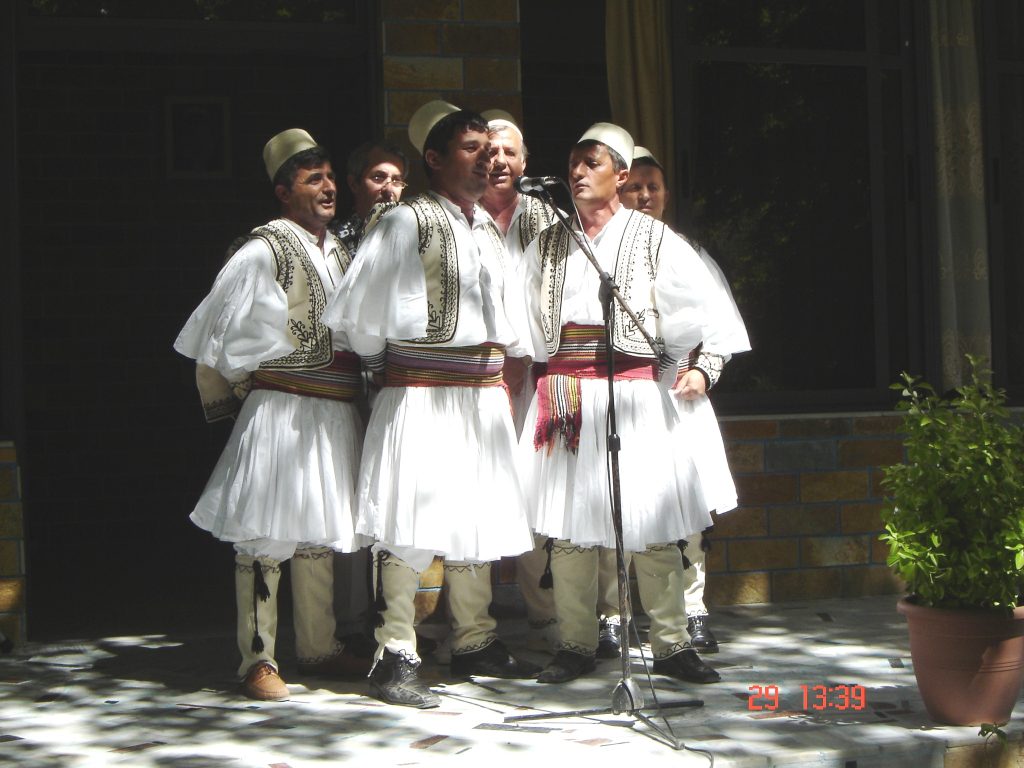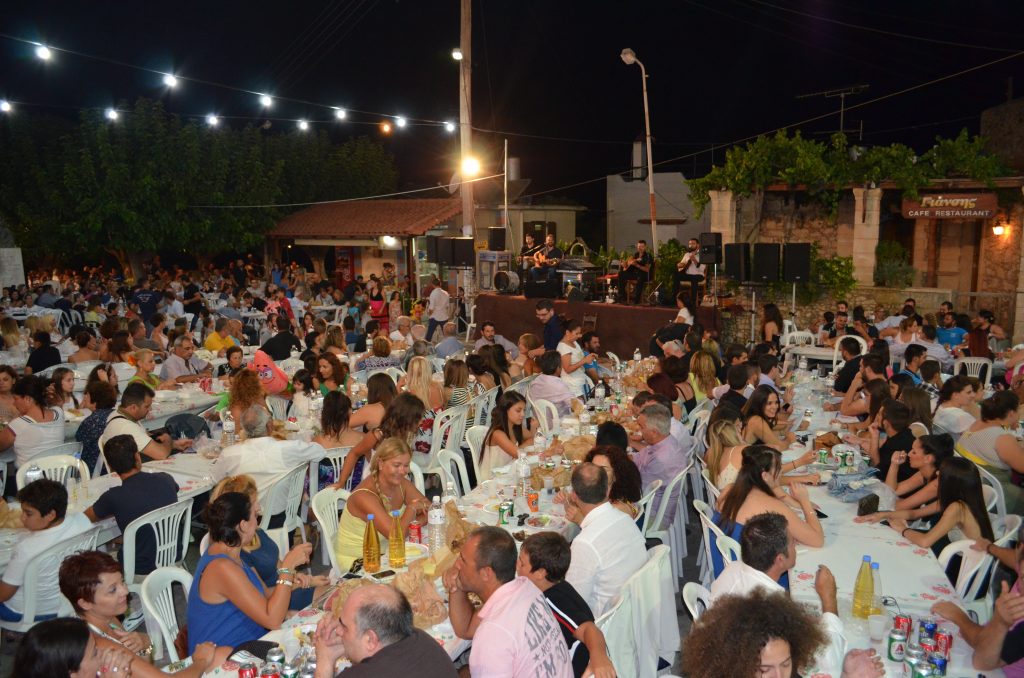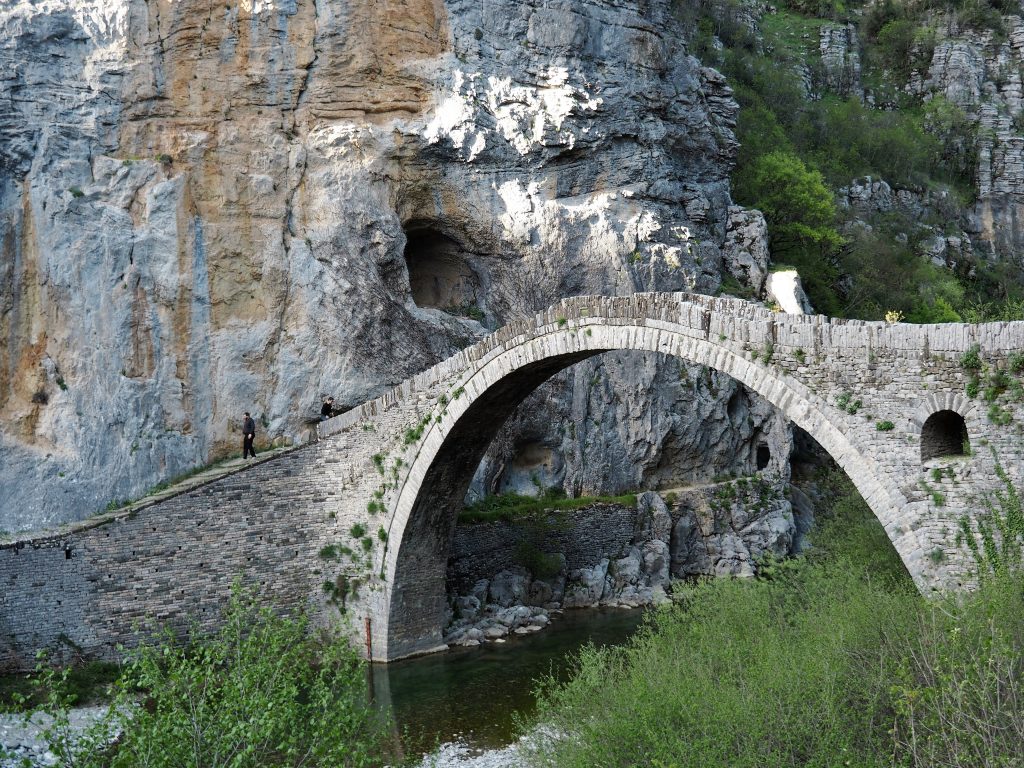Backed by a fascinating history of eloquent musical innovation, the folk music of Epirus is the end result of diverse influences that create a unique timeless sound. It’s a story that intertwines musical passion, cultural and religious beliefs and deep rooted tradition from this northern pocket of Greece that sits on the Greek and Albanian border.
Polyphonic Songs of Epirus
Intertwining voices
To know the folk music of Epirus means understanding polyphony which simultaneously embraces two or more lines of independent melody. Today, the traditional folk music of this region is officially known as the polyphonic song of Epirus and can be heard among Greek, Albanian, Aromanian and Macedonian Slavs in southern Albania and northwestern Greece.
Consisting of at least four members, a polyphonic group hailing from Epirus can harmoniously balance and unify several unique voices. Another renowned musical form of polyphonic singing is yodeling which is a Swiss-Amish music tradition involving the repeated and rapid change of low and high-pitched voices.
The Clarinet
The most prominent folk instrument in Epirus
Greek folk instruments vary throughout every region of Greece and in Epirus, clarinet is king. In Epirus, you’ll see clarinet players taking center stage during saint days, weddings and other festive gatherings. The distant mellow yet melodic low trumpet-like sounds of the clarinet, in combination with strong voices, fills those festivities with beautiful traditional and familiar tunes.
The clarinet made its way to Epirus from Turkey in the late 19th century. At first, it wasn’t embraced by those who preferred to dance to the sound of zournas, a woodwind instrument. In time, the clarinet became the beloved choice of instrument. Owning a clarinet also demonstrated wealth since only affluent families could afford it.
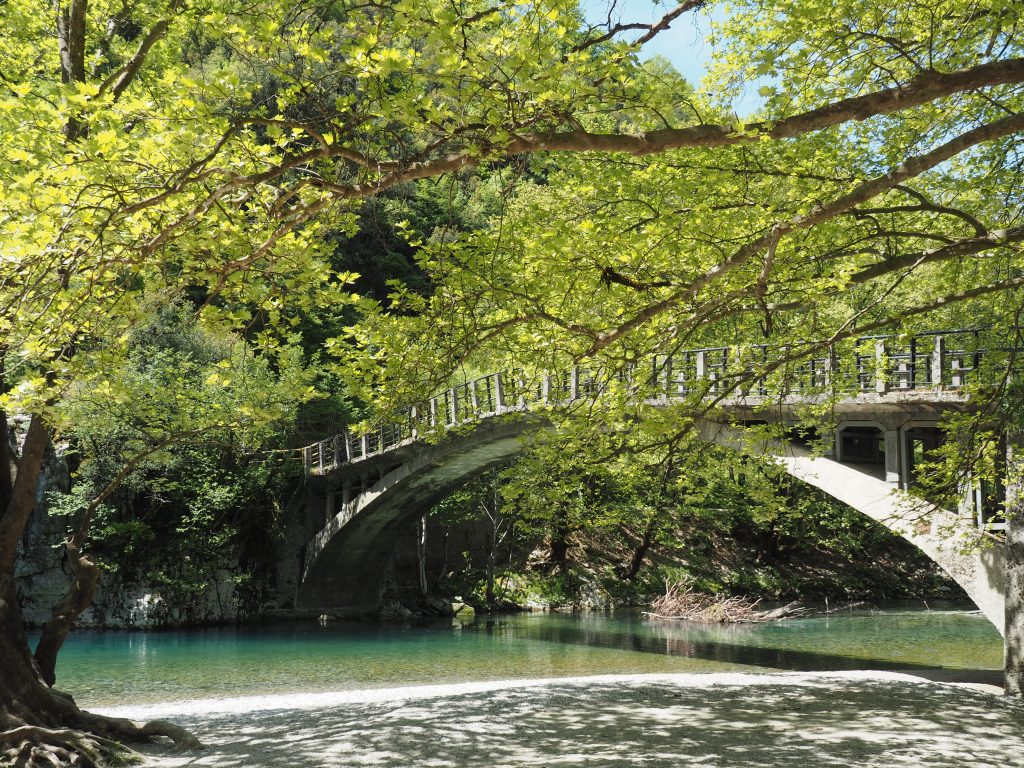
During this era, clarinet players were self-taught since there were no teachers or books. It was simply about imitating sounds, and it turned out to be the best way to learn. That theory can be proven by one of the great Greek clarinetists of his time Tassos Chalkias. Born in Epirus, he lived and taught music in the United States until the late 1950s. Through his teaching experiences he claimed that students who learned to play in a traditional way after years of formal music education and lessons had a difficult time. In his view, learning the clarinet became “a jungle” after the introduction of the microphone because in the old days in Epirus you would never hear two clarinets play together. Every musician waited for his turn.
Folk Music of Epirus in Modern Greece
The sounds of celebration
In modern Greece, the traditional folk music of Epirus continues to live on with passion. Every summer religious festivals known as the panegyria welcome villagers and visitors. Dancing and singing is the highlight which goes on until the early hours of the next day. The clarinet is featured with its deep and emotional sounds that seem to express emotions so well, from profound loss to great love. The music of Eprirus is, in a way, became a reflection of society since the region faced numerous invasions over the centuries.
Perhaps Epirus’ most popular panegyri takes place for three days starting on August 14 in the town of Vitsa. The small village, which has a population of just 50 people, was famously noted as having “magic charms” in George Gordon Byron’s poem Childe Harold’s Pilgrimage. Visit this “magical” village during panegyri and with no doubt you’ll get a taste of the beautifully authentic folk music of Epirus.
Have you been to a panegyria? If not, plan your trip to Greece in August 2017 to experience the impressive and passionate folk music of Epirus.

